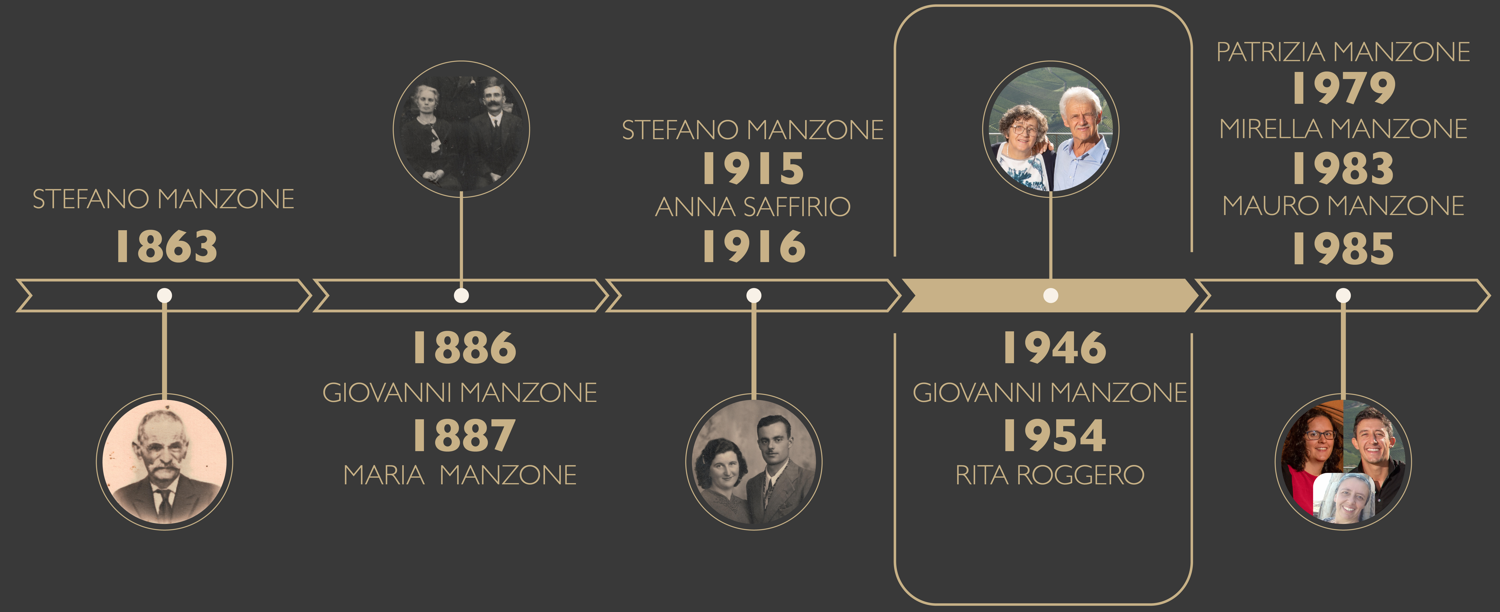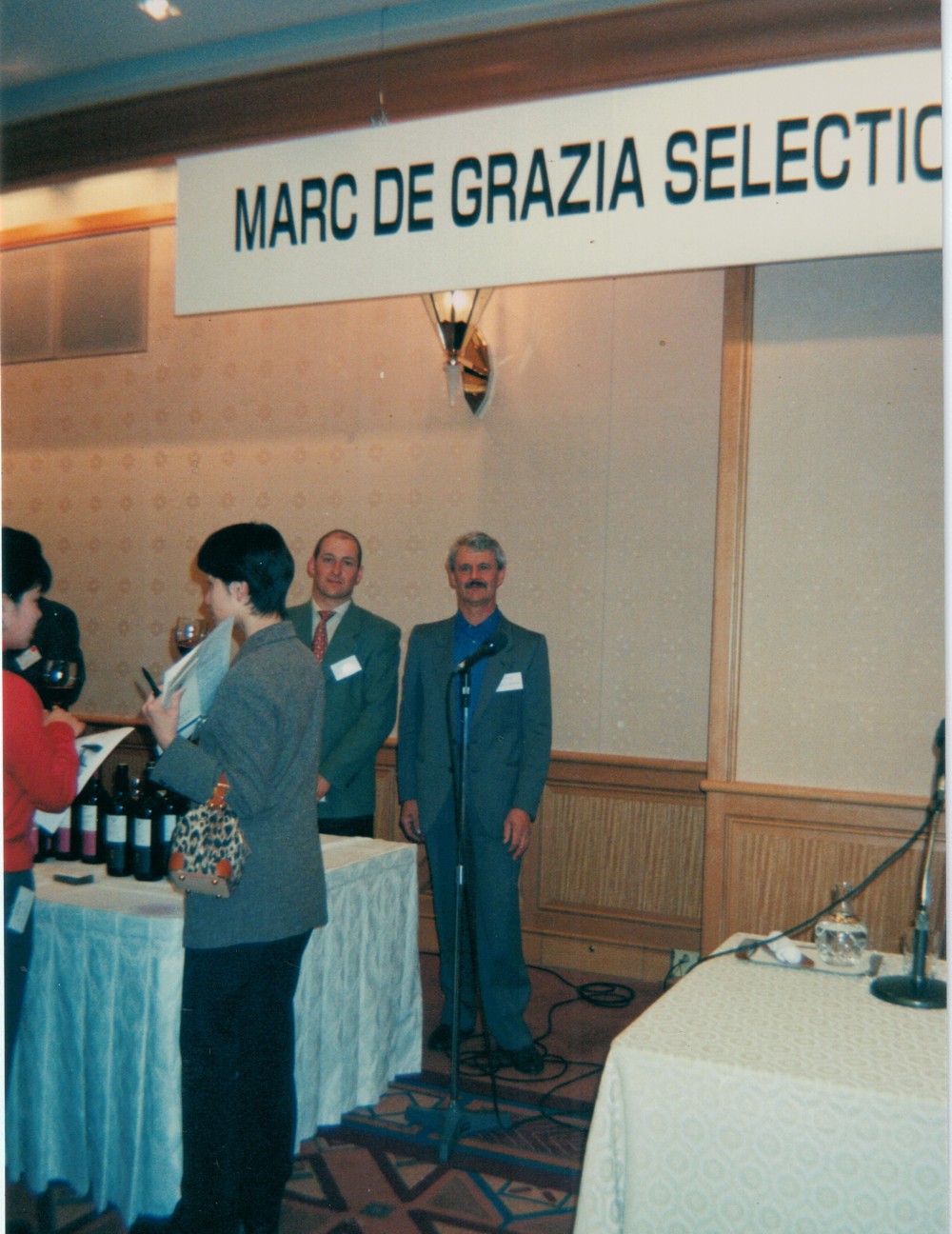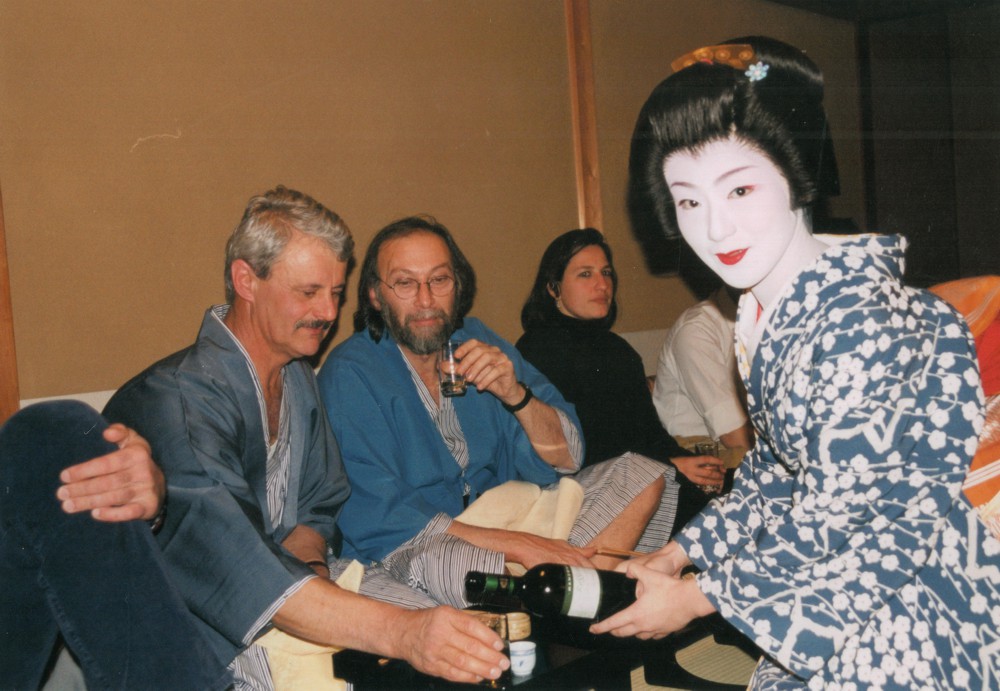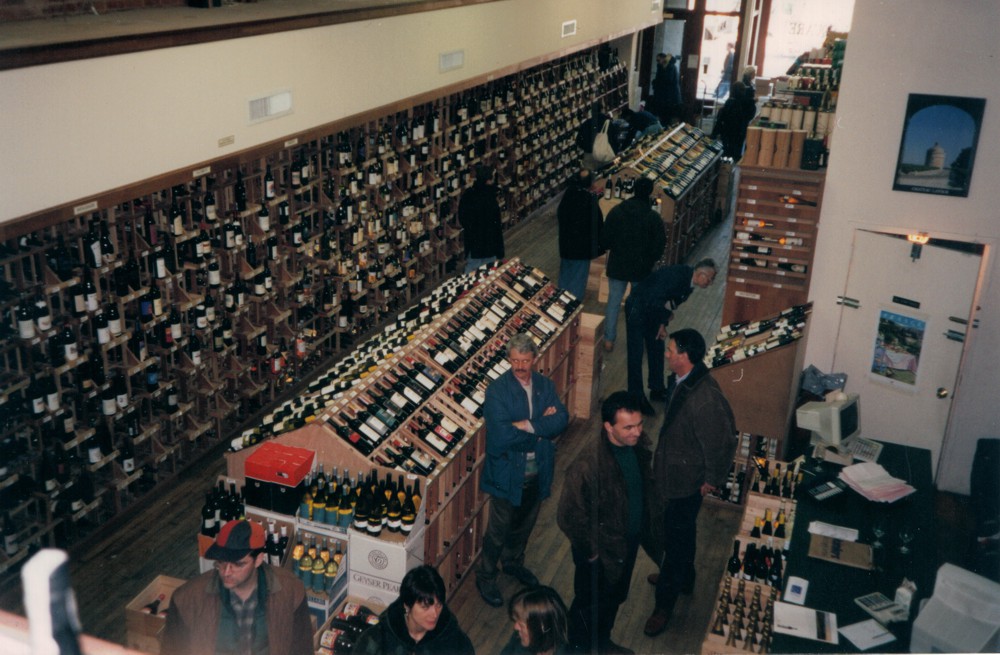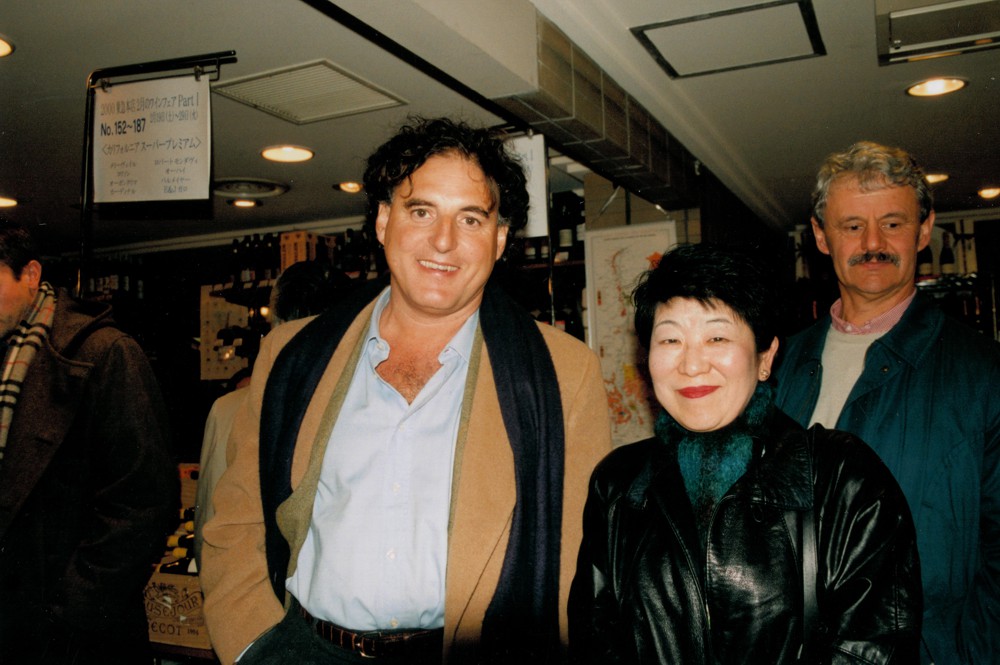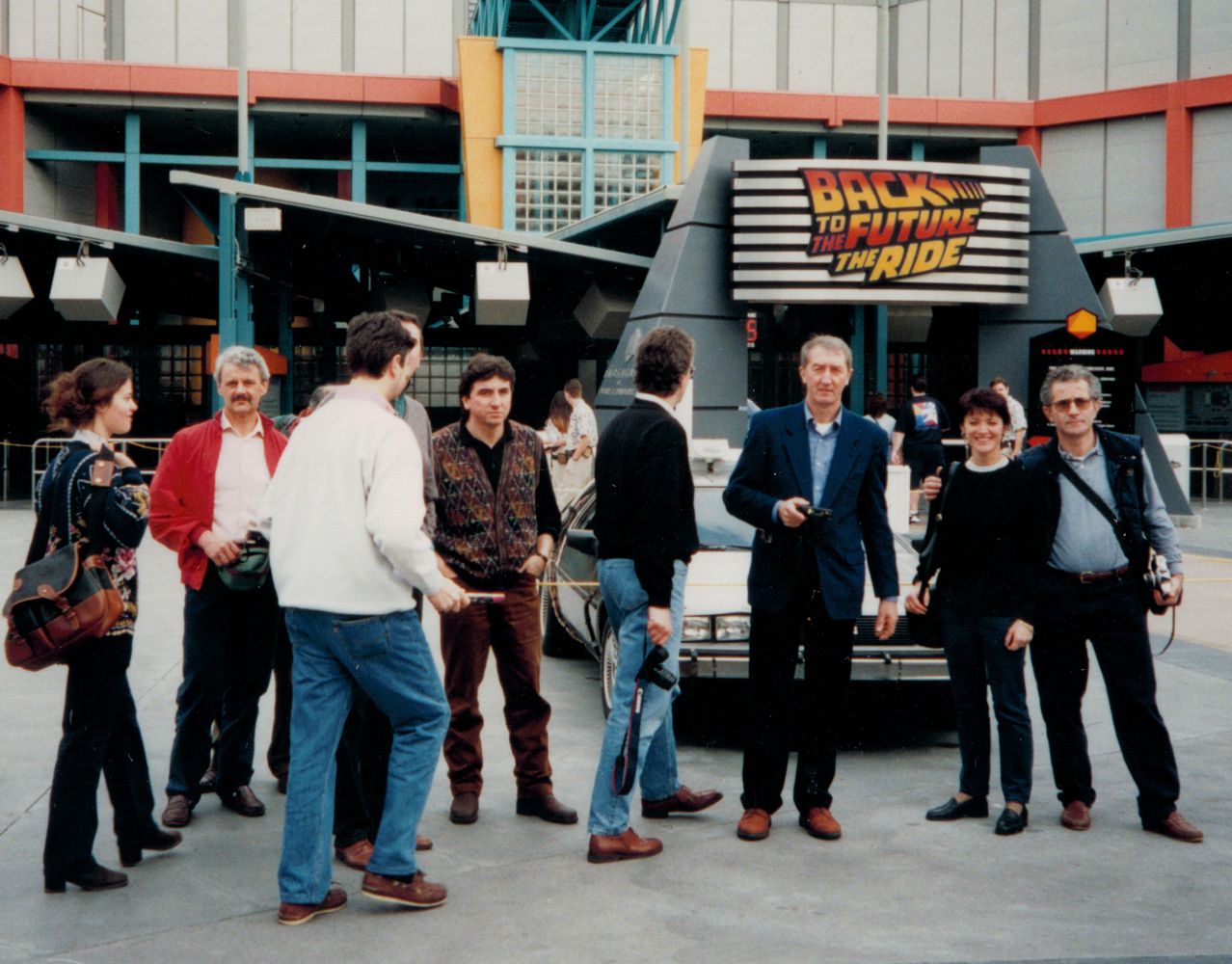The Barolo revolution between modernism and tradition
The end of the 1980s marked a historic change in the world of Barolo. The most important – and thus far underrated – wine of these hills climbed the ranks thanks to the excellent scores given by American wine magazines.
The producers started two schools of production and thought.
On the one hand, the modernists, who chose to produce highly concentrated Barolos aged in new barriques; on the other, the traditionalists, who followed the more usual route of long macerations on the skins and classic refinement in large barrels. The trend and the market in those years favored the modernist style. Giovanni Manzone, with the support of his wife Rita, chose tradition: his Barolo seeks the authentic Nebbiolo, the character of his vineyards and the expression of Langa terroirs.
His wines were noticed by Marc de Grazia, a young American who selected the best Italian winemakers, connecting those small family-run wineries with importers from all over the world. This was the start of a remarkable collaboration that would last for 22 years.
